Roasted Red Hubbard Squash
I used to only find Blue Hubbard Squash. Although, for whatever reason, this summer has been all about Roasted Red Hubbard Squash. They're really quite similar with a deep orange hue, large seeds, and a more robust flavor than pie pumpkins could ever hope for. Hubbard squash are quite similar to Ambercup or Calabaza. Ambercup are more similar in size to a pie pumpkin. Although hubbard and calabaza can be absolutely massive. Unlike most edible pumpkins, though, hubbard don't lose their taste with size. A lot of larger pie pumpkins almost taste watered down when they grow too large. Hubbard squash, on the other hand, is much more flavorful than pie pumpkins and gargantuan in size.
Also unlike pie pumpkins, you can find them in more months than just October. I used to flock to pie pumpkins and scoop up as many as I could for the brief moment that they were available. The thing is that, if you don't cut into a gourd and they stay in tact, they have a surprisingly long shelf life. Unlike buying produce like potatoes and bananas, squash tend to last an incredibly long while. I'll go weeks without roasting them and not bat an eye. A lot of less common edible gourd varieties also have a more robust flavor profile and deeper hue than typical pie pumpkins. A great trick to baking pumpkin pie is to really swap the pie pumpkin out for a more colorful and flavorful squash! I do this almost every year and only sometimes give away the secret.
Gallery
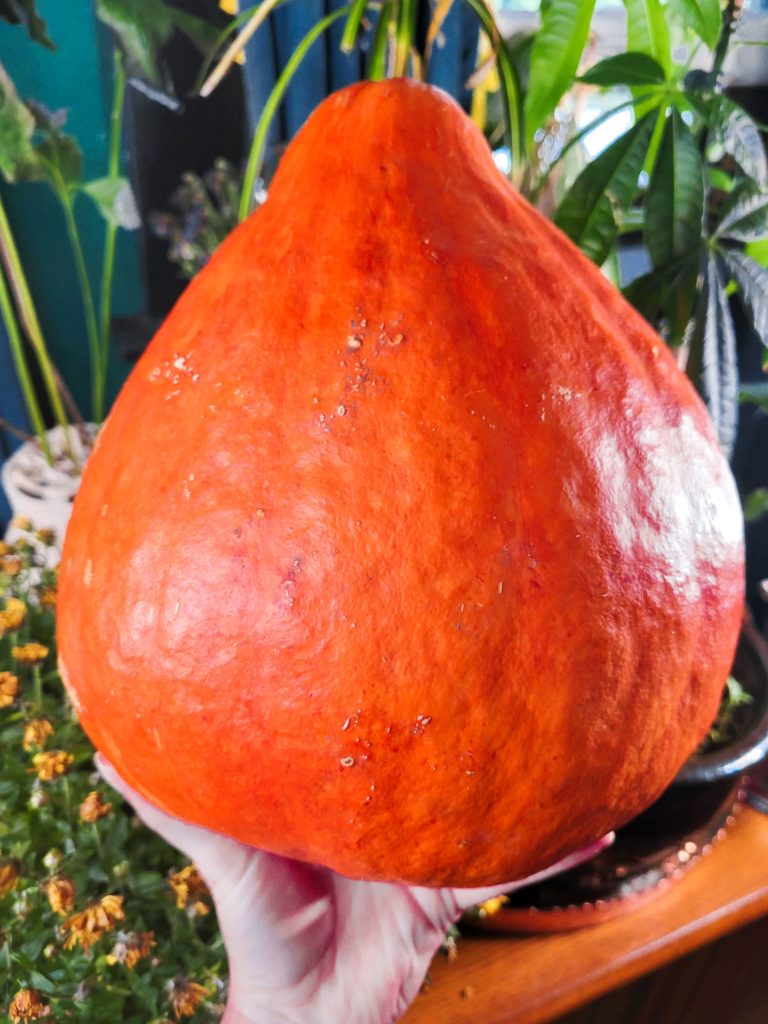

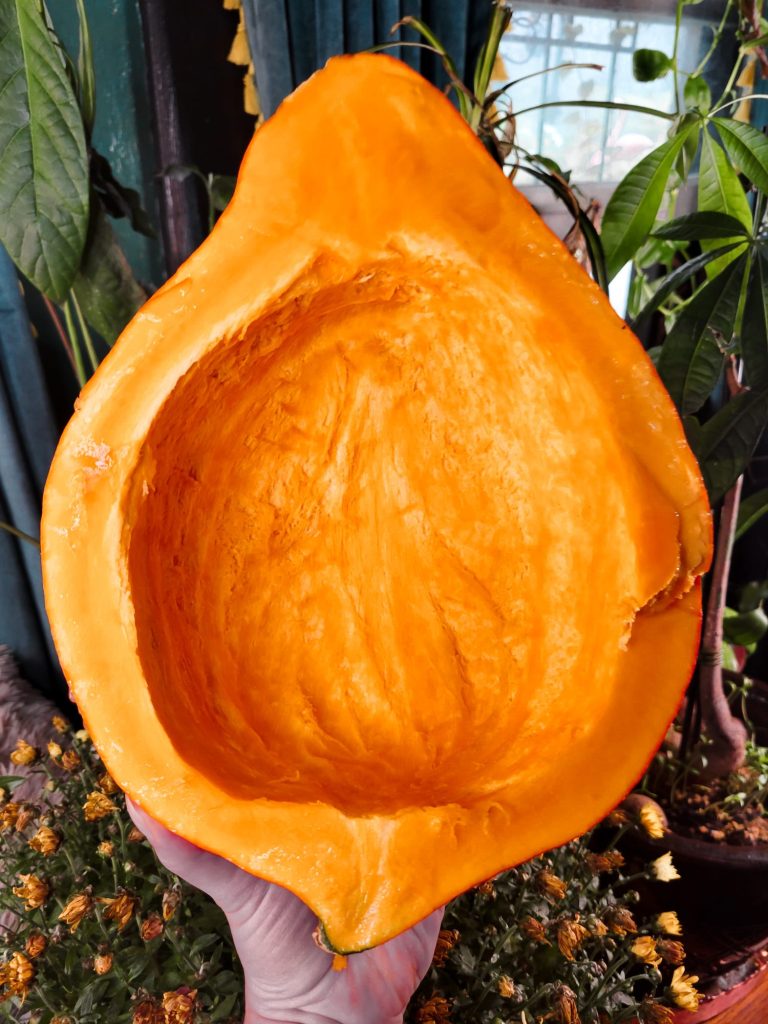
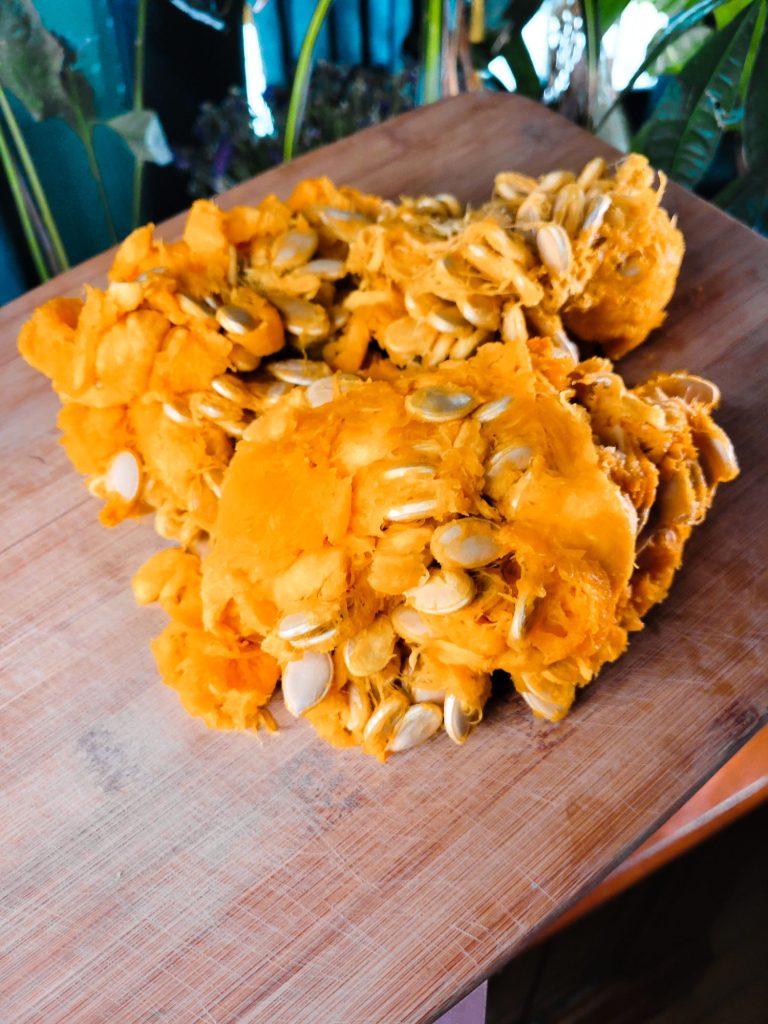

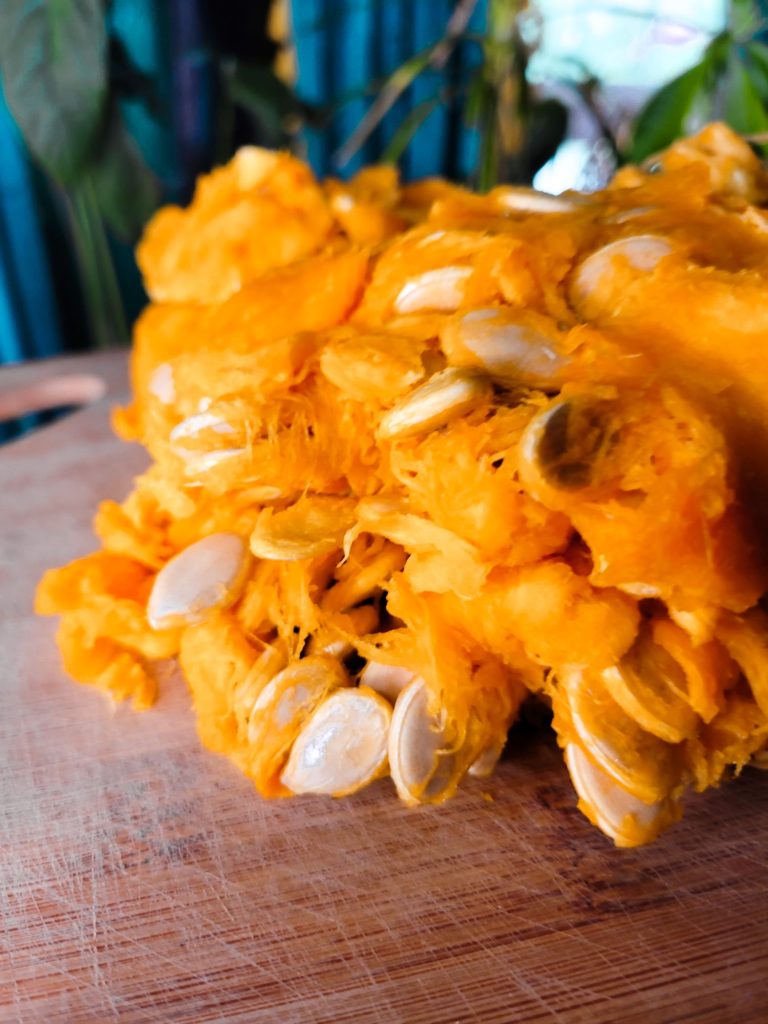
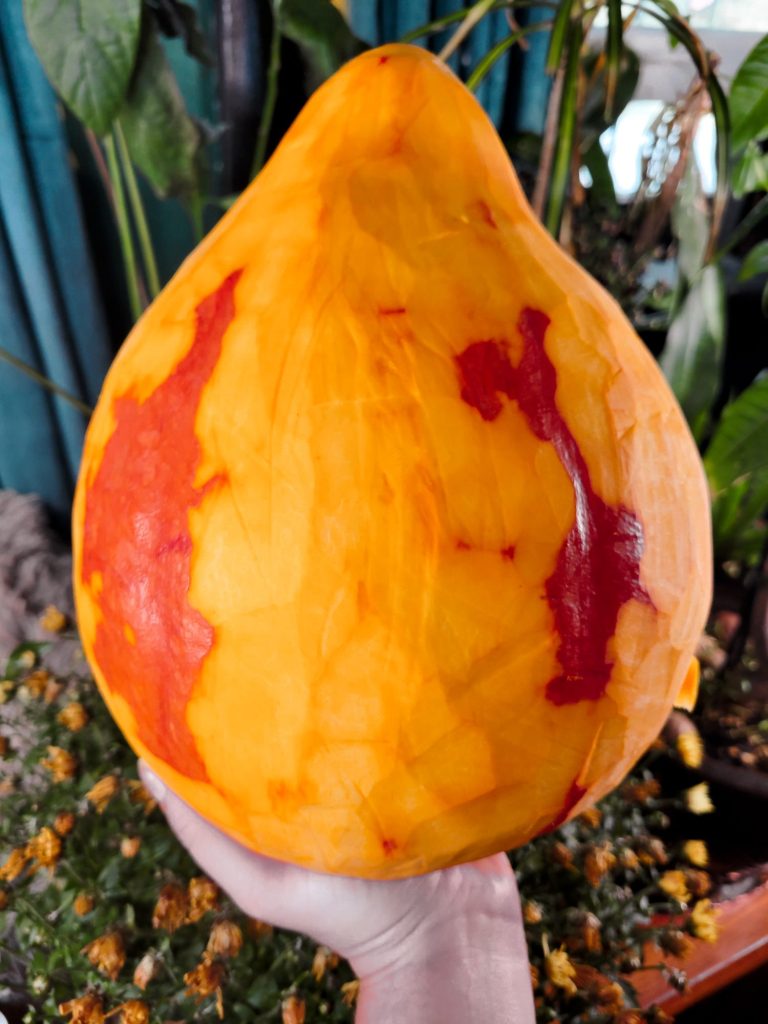
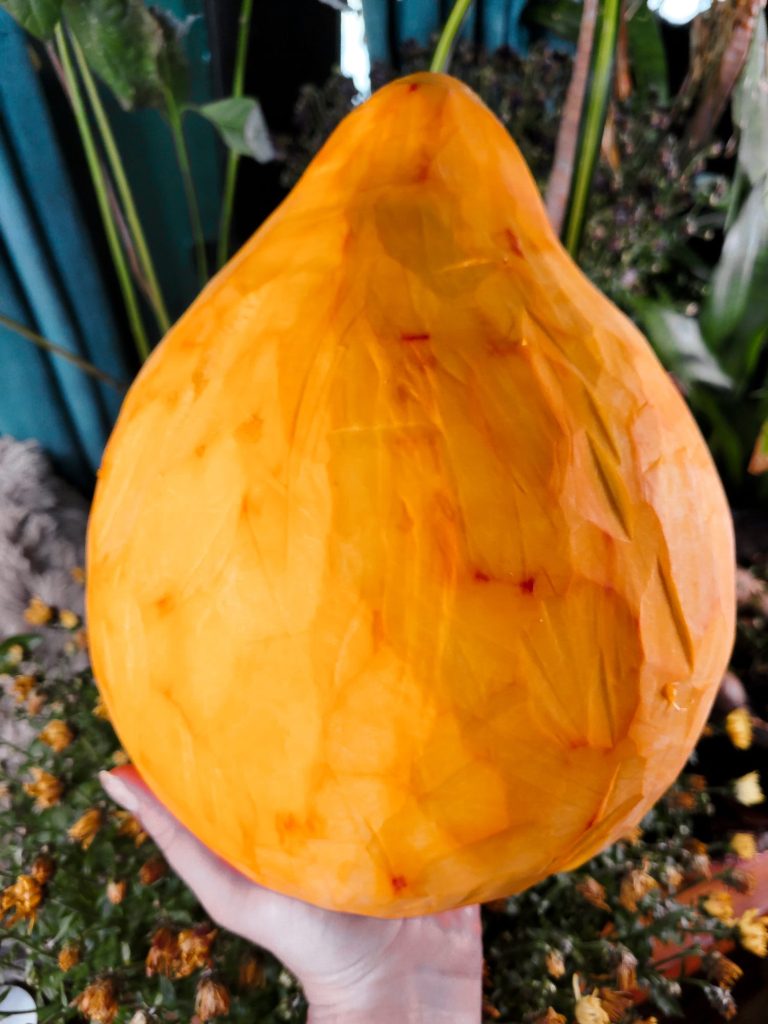
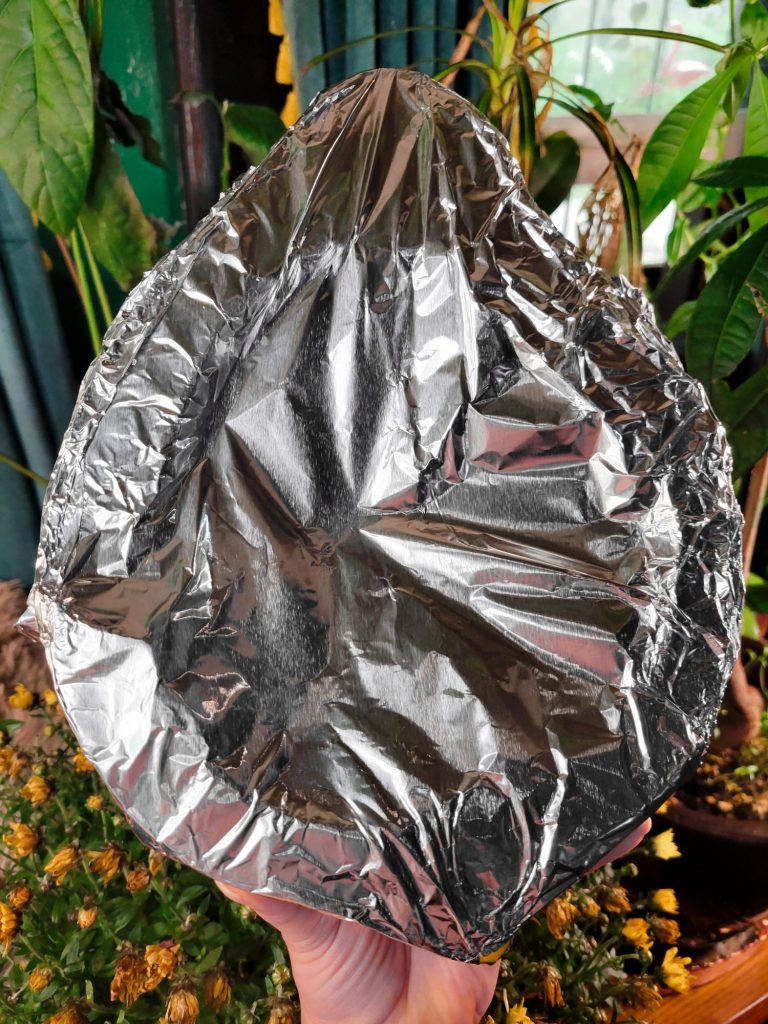



Variations of Roasted Red Hubbard Squash
There are plenty of other types of squash out there. I'm constantly grabbing every new squash I can get my hands on. The typical butternut, acorn, and delicata squash are available all year round. But the real stars of the show? Are the squash that are only available for a really narrow window of time every fall when they ripen for the season! And then they are gone. So, buy them. Buy all of them. Roast them. Make the seeds for snacking. Turn absolutely anything and everything imaginable into roasted squash something or other. You are running out of time!!
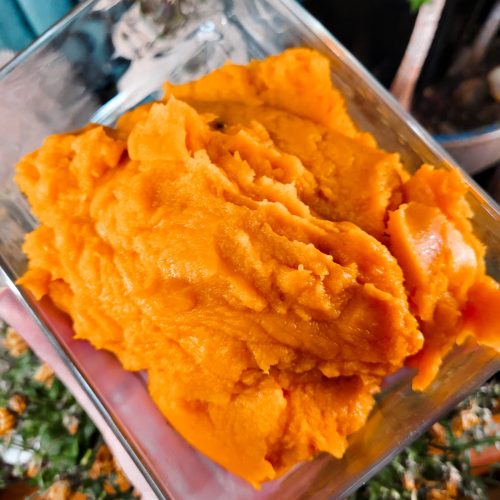
Roasted Red Hubbard Squash
Equipment
- Oven
- Potato Peeler (optional)
- Baking Sheet
- Aluminum Foil
- Food Processor
Ingredients
- 1 red hubbard squash (or similarly dense squash or pumpkin)
Instructions
- Preheat oven to 350 degrees Fahrenheit.
- Cut squash in half.
- Using a spoon, scoop out the innards to remove all of the seeds and stringy pieces. Reserve the seeds if you want to roast them for a fun snack.The "guts" are still edible, but can be texturally unpleasant. I will usually keep them to puree into soup or pet food. However, most people will discard them! Just make sure not to toss any seeds!
- There are two ways to do this here. Either you can peel the skin off with a potato peeler or paring knife now. Or you can wait until after it's roasted to peel the skin off.Neither will save you any time. It's just whether you want to fuss with peeling it off now or forstall the inevitable and peel it off later. It will be easier to peel the skin off later. However, it will also break into tiny pieces and you'll have to painstakingly sift them all out later. But that's not necessarily much different than painstakingly trying to peel a large, round squash.
- Once you've cut in half and removed the innards from the squash, wrap in aluminum foil and place on a baking sheet.I do this by getting a piece of foil long enough to wrap around the entire squash. Place squash face down in the center of the foil. Then, wrap the edges of the foil around to cover the squash completely.
- Bake for about 2 hours depending on size. Make sure to flip halfway through so that the squash sides are face up.This is the trickiest part about roasting squash: the size of the squash can drastically increase the cook time. You’ll know that they’re done when the flesh is soft and you can poke it with a fork without any resistance. It will vaguely resemble the consistency of potatoes before you mash them. The best thing to do is to cook them for an hour and then check them every 20 minutes after that until they’re cooked throughout.
- Let cool to the touch.You can also put the squash in the refrigerator or freezer to speed up this process. Just place it in a heat-safe bowl and place an oven mitt in between the bowl and any glass shelves. As the rapid change in temperature can crack and break.
- If you haven't already, remove the skin. It is not edible.
- Add squash to the food processor. It should peel off easily. If you like, you can get every bit of pumpkin out of it by scooping the remaining pumpkin out with a spoon.
- Purée until smooth, about 5 minutes. Make sure to scrape down the sides occasionally.If it's a particularly dense squash, you may want to add a splash of water. I sometimes add a little bit of dry white wine to be extra fancy, though. Just make sure that the flavor profile matches the dishes that you're going to pair it with. If they're all savory and you're not making anything sweet with it, adding salt and pepper is also recommended at this time.
Tips, Tricks, & Notes
- Sometimes hubbard squash are larger than others. You can cut them into quarters to speed up the cooking time if this takes forever.
- For more tips and tricks to roasting squash, I have an entire article on The Fundamentals of How to Roast Pumpkins, Squash, & Other Gourds. This article more specifically pertains to the differences in varieties and my go-to recipe for smaller ones, like butternut squash and pie pumpkins.
This Page Contains Edited Images
As a general rule, I don't like to edit my images and I am firmly against alteration of images in food blogs. It's not something that we generally think about when it comes to recipes. But food styling, editing, alteration, and even faking entirely is just as rampant a problem in the recipe realm as anything else! Cooking is a very visual art and you can tell when a lot of foods are cooked based on the color. So, when this is altered and you can't use the coloration as a gauge, it makes it quite difficult to follow some recipes. I have an entire article about Food Styling and Unrealistic Expectations of Recipes.
Because of this, I try very hard not to alter any of my photos. I like to take photos with natural sunlight during the day. Ordinarily this is very true to color and I don't edit the photos at all. However, since my place is very warm with a lot of yellow lighting, sometimes my camera overcompensates and ends up with an unnatural blue tone. In the following images on this page, I adjusted the levels and hue to try and make this more true to color. In the interest of transparency, these are the before and after photos.
















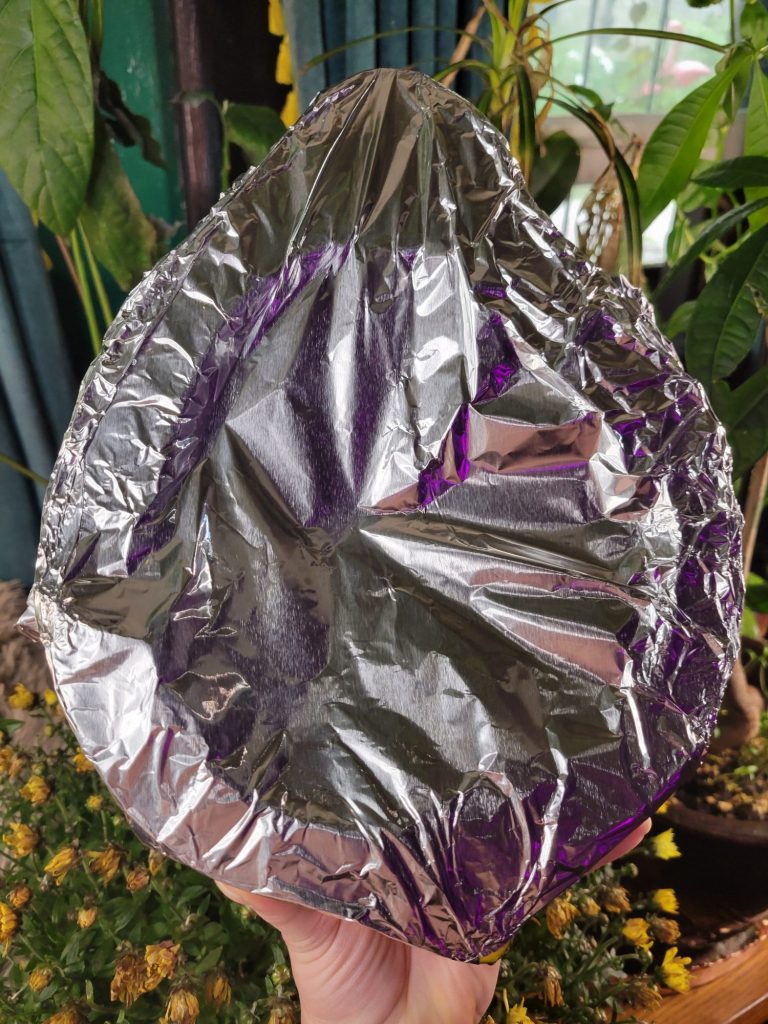

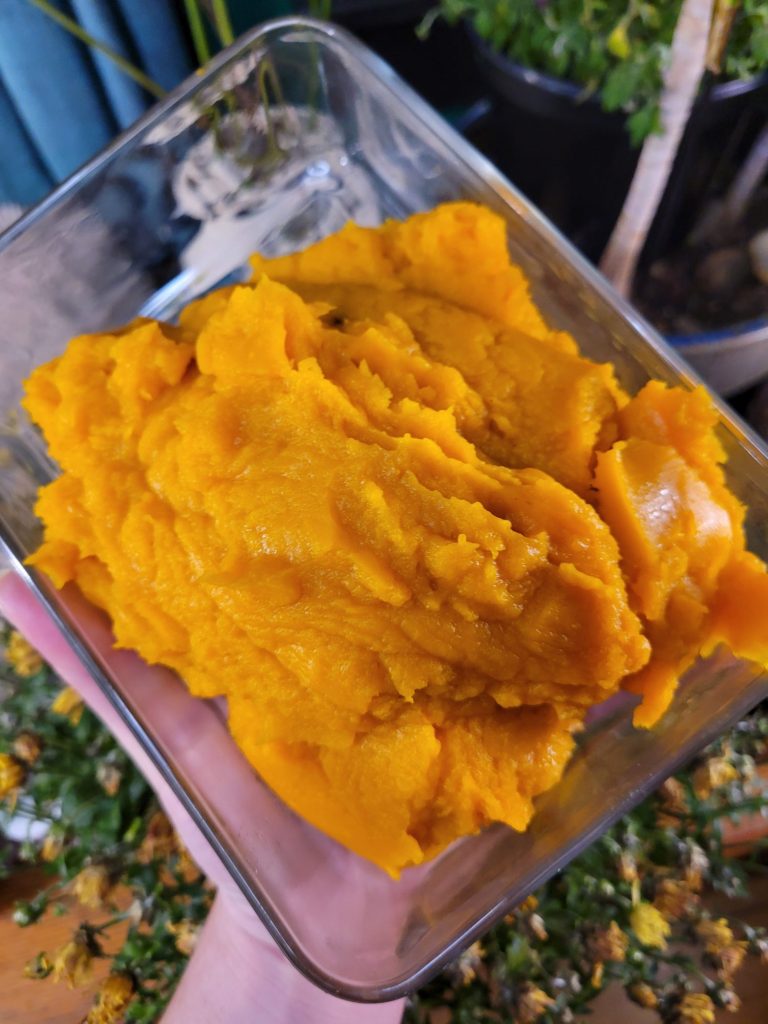




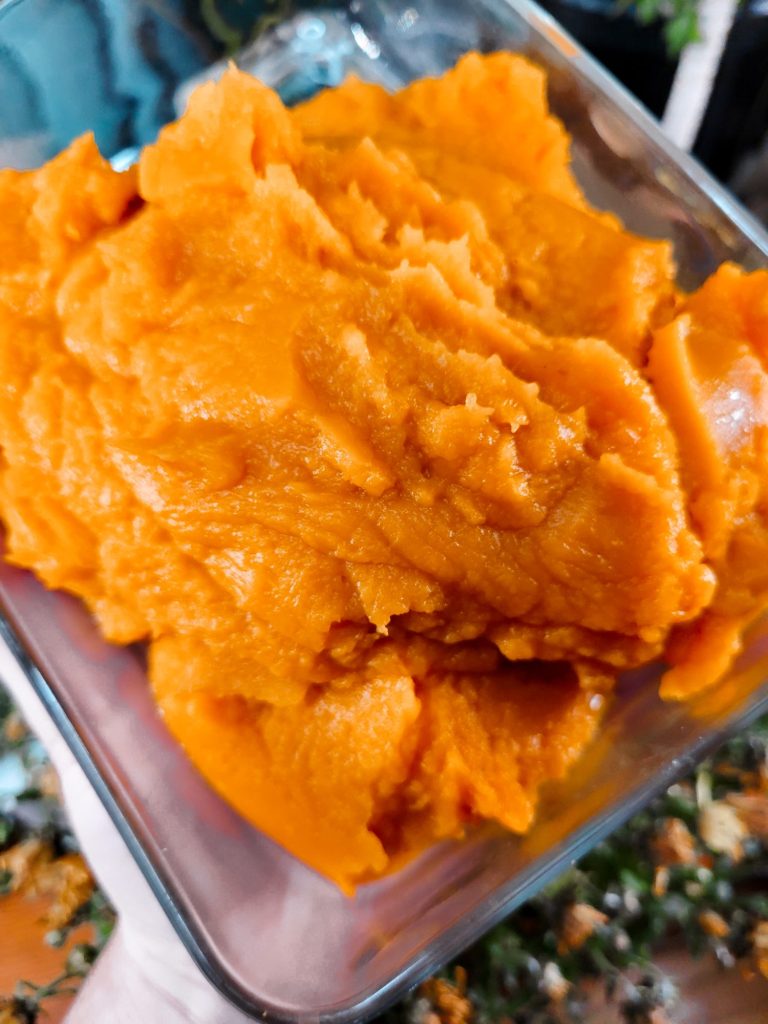
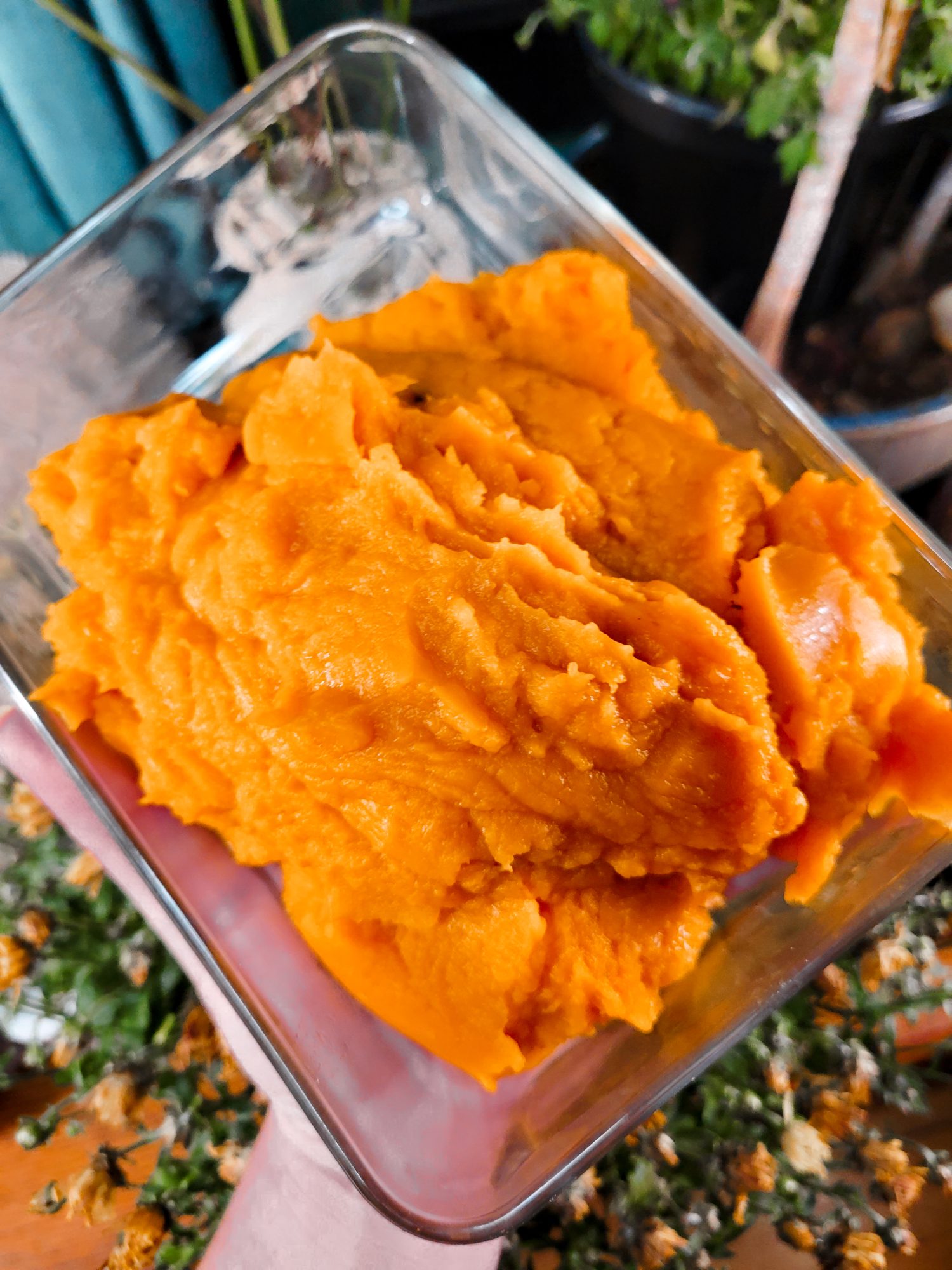
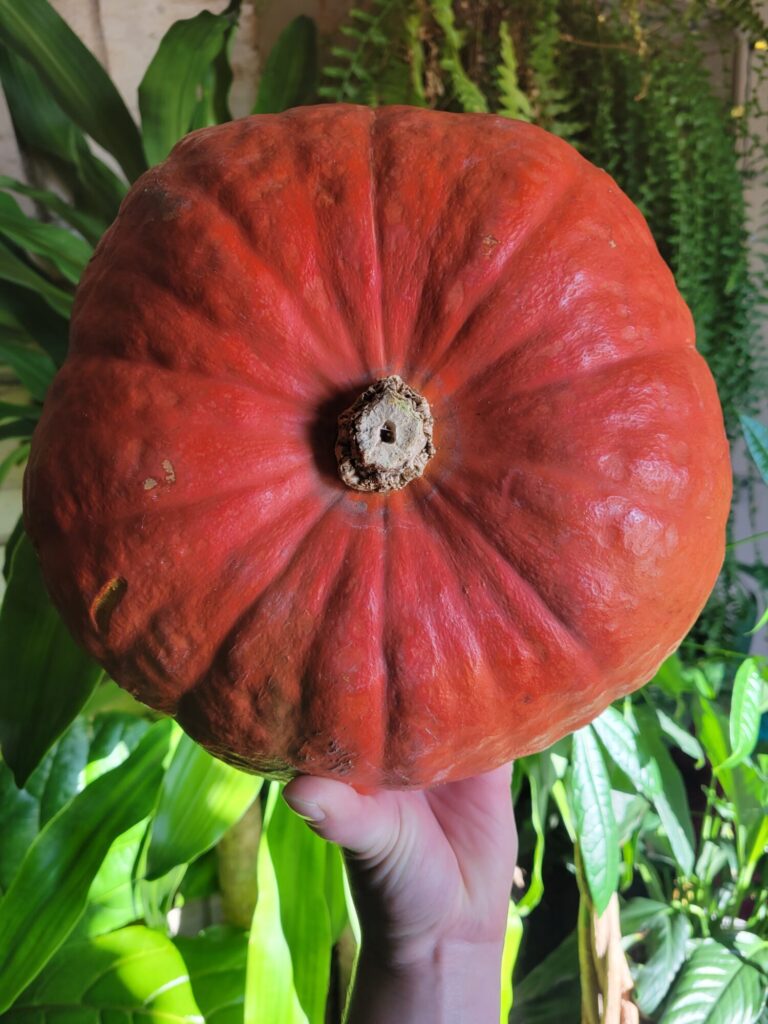

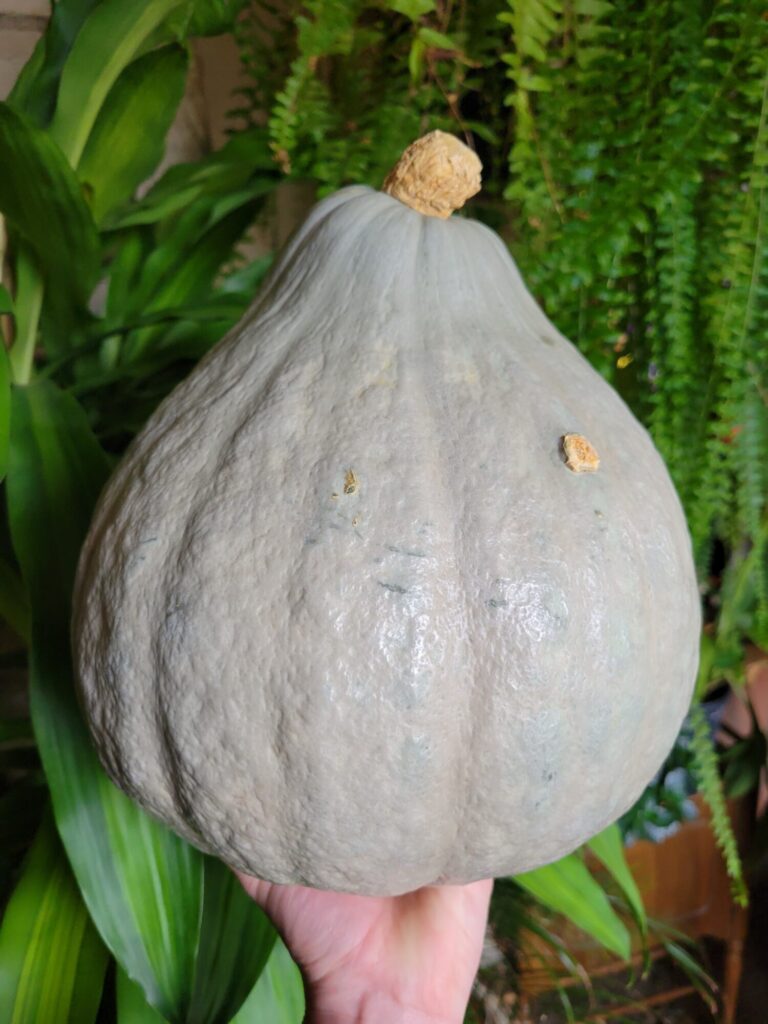
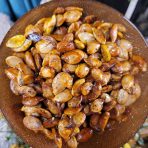
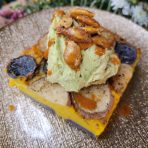

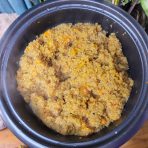
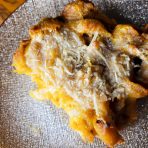
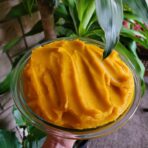

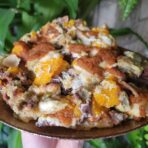
Leave a Reply